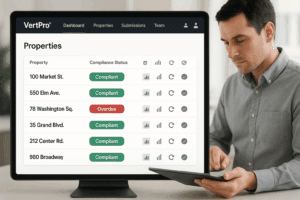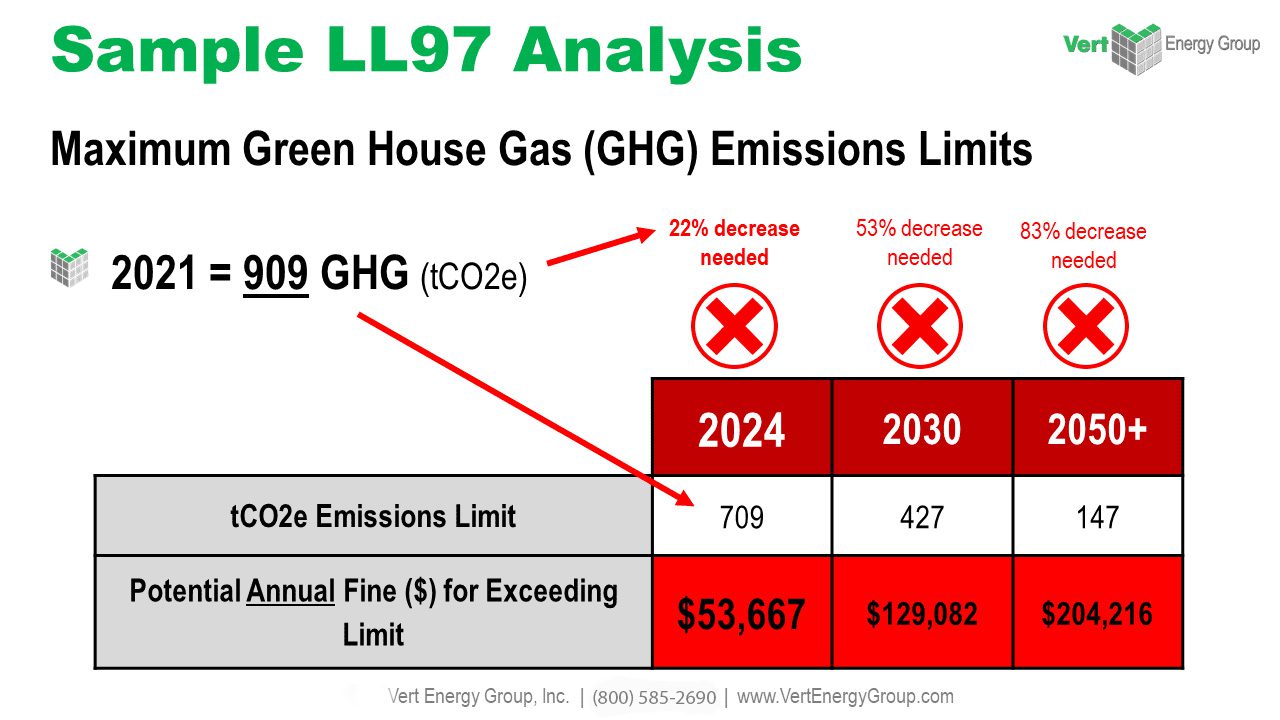I. Introduction
In the complex realm of building management, the role of benchmarking is pivotal. This process involves the systematic comparison of a building’s metrics, particularly energy and water usage, against established standards or the performances of similar buildings. The essence of benchmarking in the scale of sustainable building operations cannot be overstated as it provides a crucial framework for assessing performance and catalyzing improvements in building energy efficiency.
II. Understanding Building Benchmarking
Explanation of Building Benchmarking
Building benchmarking, as regulated by various benchmarking laws, makes it mandatory for building owners to periodically monitor and report the energy and water usage of their properties. This is not just a bureaucratic exercise but a strategic approach to building management that embraces transparency and accountability.
Benefits of Building Benchmarking
The data gathered through benchmarking offers multiple benefits:
– Operational Efficiency: It highlights areas where energy use can be minimized, thus reducing operational costs.
– Environmental Impact: Buildings account for a significant portion of global energy use; effective benchmarking can lead to substantial reductions in carbon emissions.
– Market Value: Properties known for their energy efficiency tend to attract more tenants and buyers, thus enhancing their market value.
– Regulatory Compliance: Adhering to benchmarking laws helps avoid legal penalties and leverages government incentives.
Current Trends in Building Benchmarking
The trend of integrating technology in benchmarking is gaining momentum. Tools such as IoT-enabled sensors and AI algorithms are now being employed to automate data collection and analysis, making the process more accurate and less labor-intensive. This technological evolution is transforming benchmarking from a mere regulatory requirement to a strategic asset in building management.
III. Laws Regulating Building Benchmarking in the U.S
General Overview of the U.S Laws Governing Building Benchmarking
The landscape of U.S laws on building benchmarking is diverse, with regulations varying significantly from one state to another. These laws are fundamental to achieving national objectives in energy efficiency and sustainability, as outlined in the U.S Building Performance Standards.
Importance of These Laws in Maintaining Sustainability Standards
Benchmarking laws serve as a vital tool in the enforcement of Building Energy Codes which are designed to ensure that buildings meet minimum energy efficiency standards. They foster a culture of continuous improvement and innovation in sustainable building practices, ensuring that the building sector contributes effectively to national and global environmental goals.
IV. Detailed Map of Benchmarking Laws
Visual Representation of the U.S with Building Benchmarking Laws
Incorporating an interactive map here would provide a clear visual representation of how benchmarking laws are distributed across the U.S. This would illustrate the geographical spread and variance in policy rigor.
State-by-State Breakdown of Benchmarking Policies
For example, California’s Title 24 mandates strict adherence to building energy efficiency, while other states might have more lenient policies. This section would delve into specific states’ policies, providing a comprehensive overview of national benchmarking laws.
V. In-depth Analysis of Benchmarking Policies by Geographical Regions
Northeast Region
– Key Policies and Regulations: The Northeast is known for stringent regulations, with states like New York setting high standards in energy benchmarking.
– Impact and Effectiveness: These regulations have proven effective, significantly lowering energy usage and setting a benchmark for other states.
Midwest Region
– Key Policies and Regulations: Chicago’s Building Energy Use Benchmarking Ordinance is a prime example of Midwest efforts to regulate building energy use.
– Impact and Effectiveness: Compliance rates are high and the data collected has been pivotal in driving energy efficiency initiatives across the city.
South Region
– Key Policies and Regulations: Despite slower adoption, cities like Atlanta are beginning to implement robust benchmarking regulations.
– Impact and Effectiveness: Initial reports show promising improvements in building energy performance, signaling a positive trend toward sustainability.
West Region
– Key Policies and Regulations: California leads with comprehensive legislation that not only mandates benchmarking but also public disclosure, setting a high bar for other states.
– Impact and Effectiveness: California’s policies contribute significantly to its status as a leader in national energy efficiency standards.
VI. Future Perspectives on Building Benchmarking in the U.S

As technology progresses and environmental awareness increases, the scope of benchmarking laws is expected to widen, potentially covering smaller buildings and integrating new forms of renewable energy assessments. Future legislation might further tighten these laws, reducing thresholds for mandatory compliance and increasing the data points required for reporting.
VII. Conclusion
Benchmarking laws form an essential part of environmental conservation efforts within the building industry. By adhering to and surpassing these regulations, building managers not only comply with the law but also contribute to the broader goal of sustainable development.
VII. References
For further reading, entities such as the U.S. Department of Energy and the Environmental Protection Agency offer resources that provide deeper insights into benchmarking laws and their impact on building energy management.
By understanding and implementing rigorous benchmarking practices, stakeholders in the building industry can significantly contribute to a more sustainable and efficient future, demonstrating both compliance with legal standards and leadership in environmental stewardship.
VertPro.com serves as a resourceful platform for property owners and managers seeking to enhance their buildings’ energy efficiency. The site offers a range of services, including Commercial Energy Audits, Benchmark Compliance consultancy, and a Construction Marketplace. At the heart of VertPro® is a suite of SaaS technology-based solutions designed to assist in navigating the complexities of Energy Benchmarking and Energy Audits/RCx Plus, while ensuring adherence to over 60 Energy Benchmarking and Energy Efficiency Laws across the country.
For those looking to improve their property’s energy usage and operational value, VertPro.com provides a diverse array of tools and information. The site aims to facilitate a better understanding of energy efficiency practices and legislation, helping building owners and property managers make informed decisions about their energy strategies while complying with all energy ordinances and laws.
















